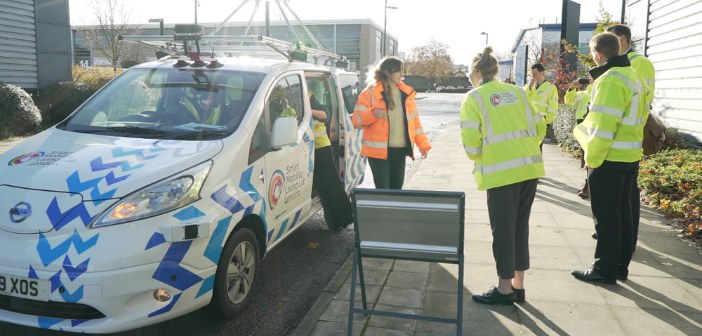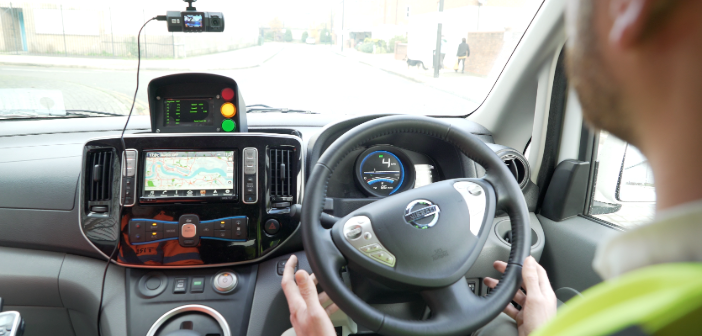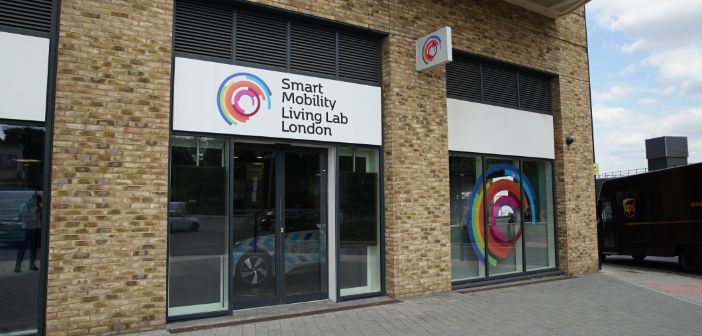London’s Smart Mobility Living Lab (SMLL) has opened. The urban autonomous vehicle testbed in Woolwich was due to open in March, but following delays caused by the coronavirus pandemic, the official opening was held over a webinar on Wednesday 30 September.
The two-year build was a collaboration between TRL, Cisco, DG Cities, London Legacy Development Corporation, Cubic, Loughborough University and Transport for London (TfL), and represents a £20m investment by government and industry.
The facility, which allows companies to test and validate connected and autonomous vehicles (CAVs), new mobility technologies and services in real-world conditions, includes over 1,000 different road features, 276 Cisco infrared cameras with dedicated short-range communication equipment and 20km of private fibre network cable.

The test area covers new purpose-built wide roads around the Queen Elizabeth Olympic Park to smaller commuter roads in Greenwich, providing a variety of test scenarios including mini roundabouts, zebra crossings, pedestrians and cyclists.
The testbed also includes a workshop on site at Woolwich, which, according to SMLL, enables companies to make adjustments to CAVs while testing. It has three vehicle bays and four Schneider 22kW smart charge points compatible with all EVs.
Furthermore, SMLL has two fully electric autonomous-ready Nissan e-NV200s with vehicle-to-grid capability. According to TRL, these vehicles, which use technology provided by StreetDrone, are large enough to fit a range of equipment, with a roof-rack fitted with various sensors, cameras and antenna.

Virtual simulation is available for test situations not suitable for real-world conditions. A digital twin, which harnesses real-world data such as pedestrian and cyclist behaviour, can be built into a realistic virtual world for CAVs to be trialled. There is also a VR headset for human factor tests.
According to TRL’s CEO Paul Campion, the new facility aims to attract companies outside the CAV sector, such as insurance, energy and supply chain leaders. He said: “We know that fixed transport is going to be radically different. These companies are collaborating together to really explore some ideas about how the future might be.
“It’s an absolutely fascinating moment of history. In our lifetimes, we will see transport change more than it has done in 100 years. The world we see around us – how old are tube trains or taxis? Over 100 years old. But it is going to change in the next 10 or 20 years and technology is going to create a whole new set of opportunities.”





